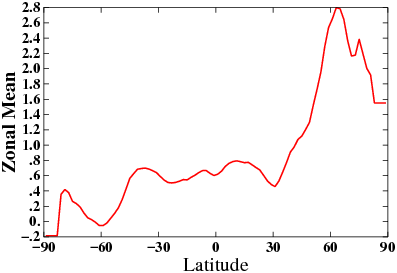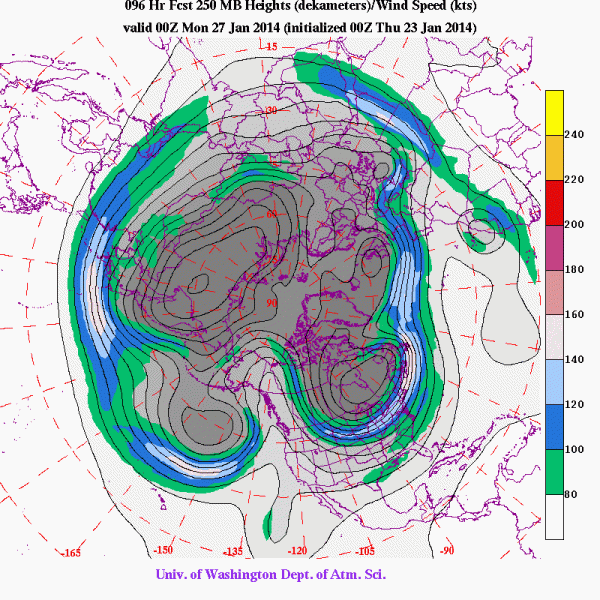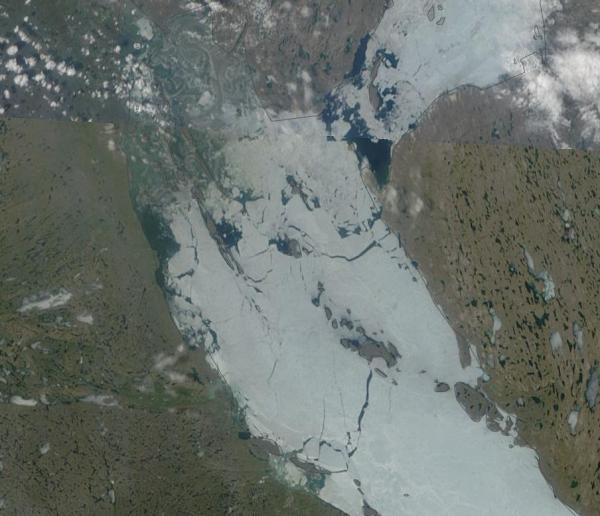The Earth started out 2015 very hot. A record hot range that some researchers are now saying may be the beginning of a period of accelerated global warming.
***
For the global temperature measure, February of 2015 was another extraordinarily warm month. One more hot month in an unbroken chain stretching all the way back to the mid 1980s. The second hottest February in the whole of the NASA record ever since temperature monitoring began in 1880.
In total, NASA GISS shows February of 2015 topping out as the warmest February of the new millennium at 0.79 degrees Celsius above the 20th Century average. A reading 1.06 C above temperatures measured during 1880. Only February of 1998 was hotter (Of all of the super El Nino year of 1998, only February and June still hold records as hottest months in the NASA measure).
But perhaps most importantly, the average of 2015’s first two months is 0.77 C above the 20th Century. This is just behind 2007 (by just 0.02 C) as the hottest two-month start of any year during the past 135, and likely hotter than at any time during the Holocene and possibly in the past 120,000 years altogether.
(Global temperature anomaly map. Image source: NASA.)
Global temperature anomaly analysis by NASA shows extraordinary warmth for much of the Northern Hemisphere. In particular, most of the land mass of Asia experienced far above average readings. Temperatures in this zone measured as high as 8.4 degrees Celsius above average for the entire month — yet one more extraordinary period of departure for a rapidly warming region.
The North American West Coast through to Alaska also showed much warmer than normal readings. A pattern coincident with both a vast pool of warm water in the Northeastern Pacific and a ridiculously resilient ridge of high pressure (and coincident high amplitude wave in the Jet Stream) that has formed for seasonal periods over the region since the winter of 2012-2013.
Abnormal warmth was also pervasive through the tropics, the Arctic, Africa, Australia, sections of East and West Antarctica, and over most Oceanic zones. The only region experiencing colder than normal readings was the Eastern Half of North America. An area in the downward sloping trough of the prevalent Rossby Wave and associated hot-cold dipole pattern that has been so common for North America during recent winters.
(Temperature anomaly by Latitudinal Zone for February of 2015. Image source: NASA.)
NASA’s zonal anomalies measure shows very strong polar heat amplification, which is a tell-tale of the human greenhouse gas heat forcing, at the Arctic Circle line (66 North Latitude) and continuing on northward. Zonal anomalies peaked at around the 66 degrees North Latitude line in the range of 2.8 C above average for the entire month. Anomalies declined poleward but still maintained 1.5 to 2.5 C above average ratings.
Though somewhat cooler than the Northern Polar Region, the rest of the global also showed above average temperatures in almost all zones. 30-60 North showed readings ranging from 0.5 to 2.5 C above average, the tropics maintained about a +0.6 C above average range, 30-60 South ranged between 0 and 0.6 C above average with a dip in the heat sink and high wind region of the Southern Ocean. The Southern Polar Region showed the only zonal below average reading with -0.2 C between 85 and 90 South, but the entire region of 60-90 South ranged about 0.15 C hotter than average.
Conditions in Context
The main features of the current globally hot February are a weak El Nino in the Central Pacific (declared by NOAA in early March), a strong positive PDO pattern of very warm sea surface temperatures throughout the Pacific and an extreme polar amplification in the region of 60-90 North Latitude.
According to IPCC forecasts and Pacific Ocean warming impact studies, both the El Nino, which has tended to shift more toward the Central Pacific, and the amazing polar amplification are indications of what was expected in a world seeing a rapid accumulation of greenhouse gasses through the mechanism of human fossil fuel emission. The North American Rossby Wave pattern combined with extremely warm temperatures in the West and cold, stormy and snowy conditions in the East, was also predicted as a potential upshot of warmer than normal readings at the pole reducing temperature differentials from North to South and encouraging weakness and waviness in the Jet Stream (Francis). PDO intensification, contributing to a warm water pool off the North American West Coast and coincident mid Pacific El Nino may also have a teleconnection-type (Where large weather patterns reinforce and enhance the formation of other large weather patterns that may be hundreds or thousands of miles removed from the first. Some have poetically referred to teleconnection as an atmospheric dance.) influence with the ridging pattern in the west and the related troughing pattern in the east.
In global climate models, cool pools of water near Greenland and West Antarctica are also implicated in potential trough/Rossby Wave type patterns (severe frontal storms) which may also be influencing the extreme weather seen in the Northeastern US during February. These pools are associated with glacial melt and coincident fresh water outflow. In the North Atlantic, this has implications for global thermohaline circulation. A strong thermohaline circulation is essential for ocean mixing and related ocean health.
Overall, the global temperature disposition, extreme temperature anomaly, and related strange weather patterns are anything but a normal. They are instead indicative of the kinds of extraordinary climates and extreme weather both computer models and researchers have predicted as a direct result of human-caused warming.
Entering a Rapidly Warming World
(Even with a rapid draw down in human emissions to RCP 4.5 levels, computer model essays show 40 year average rates of warming will likely accelerate over the next few decades. Image source: Near-Term Acceleration in the Rate of Temperature Change.)
To this point, it appears that some climate models are in agreement that the period of the next few decades are likely to see an accelerated warming trend. Decadal rates of warming, during this time, are expected to accelerate to between 0.2 and 0.25 C per ten years, even if human greenhouse gas emissions are rapidly drawn down. The result would be about 1.4 to 1.6 C worth of warming above 1880s levels by or before 2040. Without a rapid draw-down, and a continuation on the current catastrophic path of fossil fuel burning, recent model essays from Dr. Michael Mann indicate that humans could exceed the 2 C warming threshold by the mid 2030s.
Links:
Near-Term Acceleration in the Rate of Temperature Change
GISS Surface Temperature Analysis
Paleoclimate Implications For Human-Made Climate Change
Warming Arctic May be Causing Heatwaves Elsewhere in the World
Increasing Intensity of El Nino in the Central Equatorial Pacific
Evidence Linking Arctic Amplification to Extreme Weather in the Mid-Latitudes
Far Worse than Being Beaten With a Hockey Stick
Earth Entering a New Period of Rapid Temperature Change
Hat tip to Bassman


























